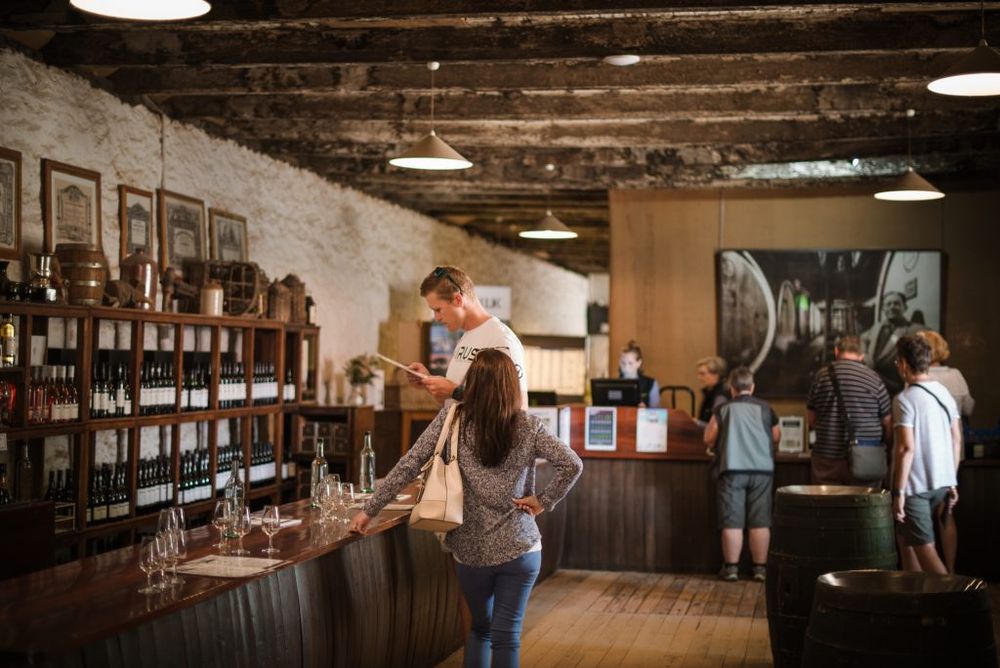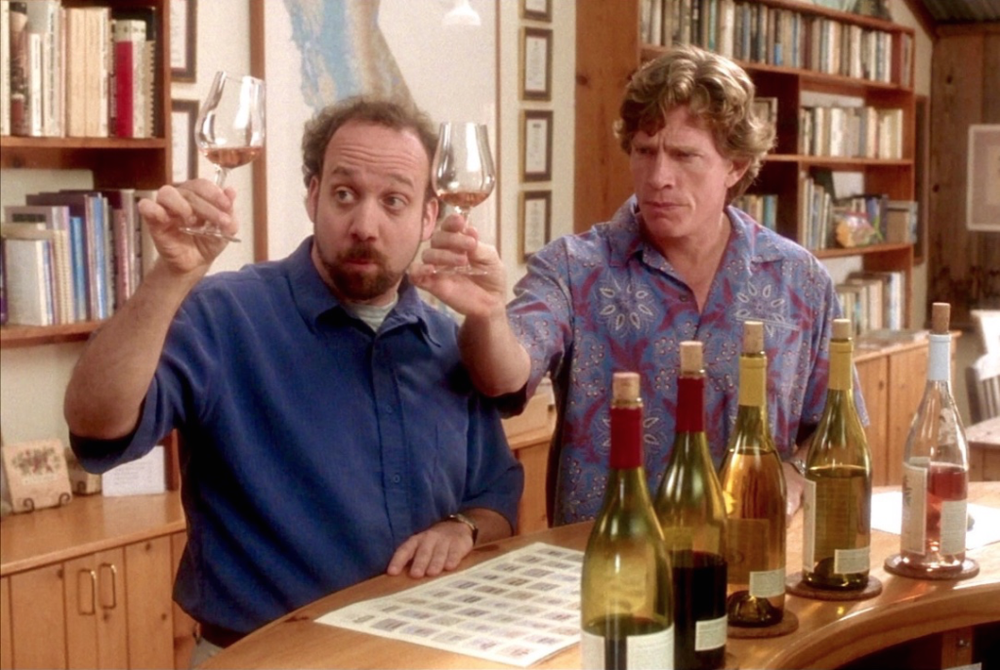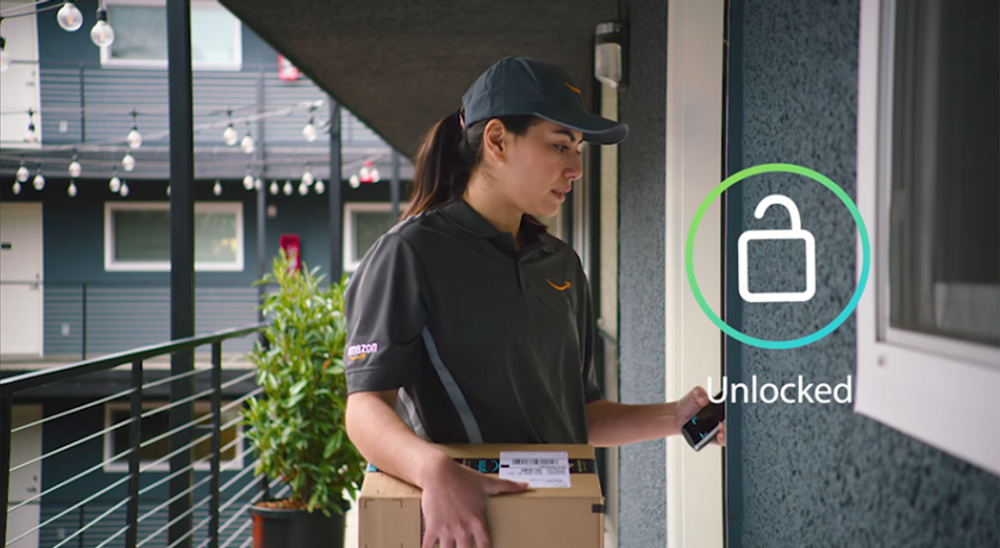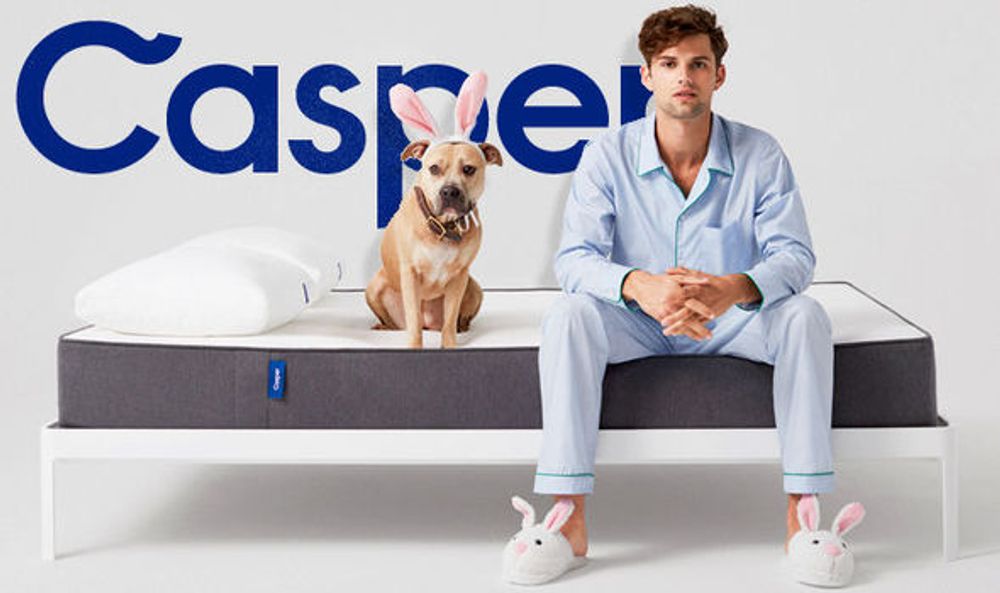Paul Mabray, chief executive of Emetry, the data and brand insights consultancy, looks at the pressure points the wine industry needs to address, but also the doors it needs to push open, particularly around selling direct to consumers, if it is to really kick on and make the most of how and where people are choosing to shop and spend their money.
The past year was one of tumultuous change and vast uncertainty for the entire world – the wine industry included. But looking backwards, it’s easy to see what will become the ultimate quest in 2019 and possibly forever forward for the wine industry. In 2018 there were some constant themes that have continued to escalate over the last decade:
- routes to market continue to shrink
- competition continues to increase
- point inflation means reviews have less impact
- other adult beverages and cannabis threaten our market share
- the private label reincarnation now keeps exploding via online wine clubs
- now even the tasting room, the last bastion of small winery revenue and profit, is at risk
That last part is especially poignant. In the US, the tasting room (or the cellar door, rather) grew from being a hospitality tool into an essential consumer sales and marketing vehicle. Napa Valley paved the way and set the standard for oeno-tourism that you now see all over the world.
There’s more to creating an amazing destination for oeno-tourism than just having a stellar cellar door – those ingredients are still being deciphered. Sure, certain things obviously matter, like the proximity of your winery to major metropolitan areas, airports, scenery, and hotels, as well as factors like wine quality, wine quantity, quality of the experience, PR, and more. That being said almost every wine producing region has created its own way of attracting people.
The important note here? Good oeno-tourism requires a population of wineries, and as regions mature, challenges undoubtedly arise – consider things like traffic, wage inflation, NIMBYism, labor shortages, and of course (the biggest bugaboo of all) added competition. Here are the biggest challenges facing our industry going into 2019 (IMHO).
The Tasting Room: A Magical, Double-Edged Sword

Cellar doors, tasting rooms, winery visits – call them what you like but they are becoming big business in their own right the world over
The tasting room has always been a double-edged sword. While it’s a magical place for impressing and converting valuable consumers, it’s also a complicated beast that’s tough to manage because of the challenges that come hand-in-hand (like throughput).
Last year, Rob McMillan’s State of the Industry Wine Report for the SVB Bank (Silicon Valley Bank) Bank discovered something fascinating about tasting room success – the key to its apparent success was both fact and mirage. The report shows that wineries which created a better experience and offered paid and seated tastings got rid of the non-buyers. In other words, numbers might have been down, but sales increased and the per-guest average spend surged.
This wasn’t just in Napa Valley – other wine regions followed the trend. Sonoma wineries are about 30% paid and seated tastings, while Napa was climbing towards about 60%.
The crazy part? Both are still growing. This seems ideal, right? You serve fewer guests, but you serve them better. It’s a tasting room dream, no?
In theory, it sounds good – except there have been some unforeseen consequences.
Traffic Challenges
Though tourism hadn’t been dramatically altered this last year (even with all of the fire challenges), we have seen several traffic challenges and road limitations that have created gnarly issues for our visitors. And we’re not alone – upper valley wineries are seeing much bigger declines than the lower valley wineries that are easier to get to.
More wineries, more competition
This is an obvious problem – more wineries equal more competition. In the past 20 years, the winery population has increased exponentially (and will continue to increase). In Napa alone there are about 750 wineries (and probably double that in brands).
In the past, you could cruise through Napa Valley and easily hit three to five wineries in a day without issue. Nowadays, you’re lucky to hit one to two wineries in a day at peak tourism season. Once you add in traffic, the tourism diffused throughout the valley, and the time it takes for seated tastings, we’ve basically slowed the valley to a standstill.
Transformation to full consumption experiences

The phenomenon of Sideways is still helping to drive wine drinker to go out and visit wineries
Another huge issue? Tastings are no longer tastings – they’re full consumption experiences. No longer are they a series of wines to taste and, sometimes, spit. They are now a full array of the winery’s offering meant to savor and drink. That sounds all well and good, but there are two big catches: time and alcohol.
These tastings are not just time-consuming, they also limit the number of wineries that can be visited, because consumers have a limit to how much they can drink. Consider this: anywhere from four to six and a half glasses of wine can inebriate an average or non-regular wine consumer. This, when given in one sitting, will limit their wine experience to one winery.In other words, if your consumer is consuming their limit at one “tasting,” it’s unlikely they’ll be able to explore other wineries and enjoy their tastings.
Further and most importantly, these seated tastings are consuming wallet share. In other words, if a consumer spends anywhere from $45-$200 per person on a consumer experience (a splurge, honestly) and then buys hundreds of dollars worth of bottles after the tasting, the consumer gets tapped out.
It’s unlikely that after spending that much money at one winery a consumer is going to visit another. That accounts for a loss of about 33% to 80% of valley velocity.
When you break it down, the real issue is this: getting people to the wine region, then to the winery, then to the buying point means driving consumers through one of smallest funnels ever – even for a major region like Napa Valley. In creating a better experience for customers, wineries have added obstacles.
The bloom is off the rose
Some see the consumption experiences, and the challenges included, as an opportunity to build bigger, grander, and more elaborate tasting room experiences (and tasting rooms, themselves). While it’s likely that this could be a winning model for some, it’s more likely that wineries will be locked into an unsustainable arms race that’s probably not going to yield the ROI they’re looking for.
Others see this as an opportunity to create urban tasting rooms, or a “bring the valley on tour” experience that can transport the valley experience to other cities.
With this kind of increased competition, the conclusion is self-evident; the tasting room will remaina successful customer acquisition tool for some, while others will see diminishing visitors and sales.
The future of wineries and the Holy Grail

The US wine industry could be transformed if retailers are given the same rights as wineries to ship direct to consumers across states
Just to add to the pile, the US is anticipating that wine retailers will begin to add the same shipping restrictions as wineries, which would allow them to ship direct to customers in most states. While that doesn’t seem like an issue now, this is likely to transform winery DTC in ways that we don’t fully understand (surely in both positive and negative ways).
Currently, there are two primary reasons to choose to buy from a winery:
- access to products that aren’t available at retail
- an emotional connection to the specific brand (this is typically created by the actual visit to the winery)
Generally, there’s no real price advantage (because we want to avoid channel conflict), no real selection advantage (most major wineries only sell one brand), and no real shipping advantage (as we all know, winery fulfilment is notoriously slow).
Most retailers have these resources in spades, however, they’ve been blocked from an equal playing field after Granholm (the Supreme Court ruling in 2005 that essentially allowed wineries to ship directly to consumers across states in the US, which retailers can’t currently do). In reality, we don’t know how this will disrupt wholesalers (and other retailers) if they end up gaining the same shipping rules as wineries. Don’t misinterpret this, we do have some theories, but it’s impossible to know how this will play out.
What it probably does mean is that Amazon, the long-dormant giant in the wine space, will likely awaken, particularly now it has Whole Foods in its competitive arsenal. This is when we believe that the industry will become even more challenging. The good news? We have time to learn how to navigate this.
2019’s challenge: handling direct to consumer

The Harrys direct to consumer razor brand has disrupted the traditional market by following a so called digitally native brand strategy
Think about it: How does a boutique winery sell a quality wine (with an 88-95 point ratings) at an average SRP of $25 (or more) to a consumer who has never even visited the winery or tasted the wine? How do they do this without channel conflict? Better yet, how do they do this sustainably?
Don’t be fooled, I don’t have the answer and If I did, I’d be writing this article from my own private island in French Polynesia (the dream). But, IMHO, I believe the path to success has been laid out via Digital Native Vertical Brands – my obsession. I’m not enthralled with DNVBs just because DTC has been my career passion, but also because wineries, inherently, already have the major elements of a DNVB built into their DNA.
They are niche-focused, powered by a vertical integration from making the product to selling it direct to consumer and mostly via online commerce or subscription models and as a result release incredibly large gross margins. With the exception the e-commerce, this sounds an awful lot like winery DTC. But most importantly, they are maniacal about customer experiences. This is something I can get behind and where the wine industry does an amazing job at the winery and not well online or when the customer goes home.
Where do they differ?

We probably did not ever consider the idea of having a mattress shipped direct to your door until the likes of Casper came along
In three key categories. They are tech-driven, they use the web as their foundational selling source (and their platform for marketing, acquiring clientele, engaging customers, and retaining customers), and their customer experience exists at every single touch point.
These differences are likely attributed to the fact these brands are born online and utilise advanced tech tools to power their business. In other words, they are customer-centric and digitally native. That being said, they adapt easily, know when to use data to drive decisions, and are naturally agile, meaning they can adapt quickly to market changes..
There is some good news about all this. We can absorb these things to make them our own. The only issue with this is that this would require massive cultural changes for companies that have been grounded in factors like the earth, the seasons, and hospitality.
So here’s my 2019 prediction:
People will spend the next year arguing about the new wine styles, how natural wine is all the rage, why bourbon barrel aged wine is an abomination or the best marketing adaption ever, or how cannabis will steal market share and much more, but the real practitioners of the people are concerned with the welfare of the small winery.
They are the ones who are going to be burning the midnight oil reading, experimenting, testing different paths, and studying until they discover the wine industry’s Holy Grail; how to sell wine to people at home and deliver an exceptional product and experience to keep selling them more wine.
With any luck, there will be plenty of chalices discovered, and when each one is found, the entire industry can benefit from them.
- You can find out more about Paul Mabray’s work and what Emetry can offer the wine industry here. You can follow Paul Mabray at @pmabray.









































